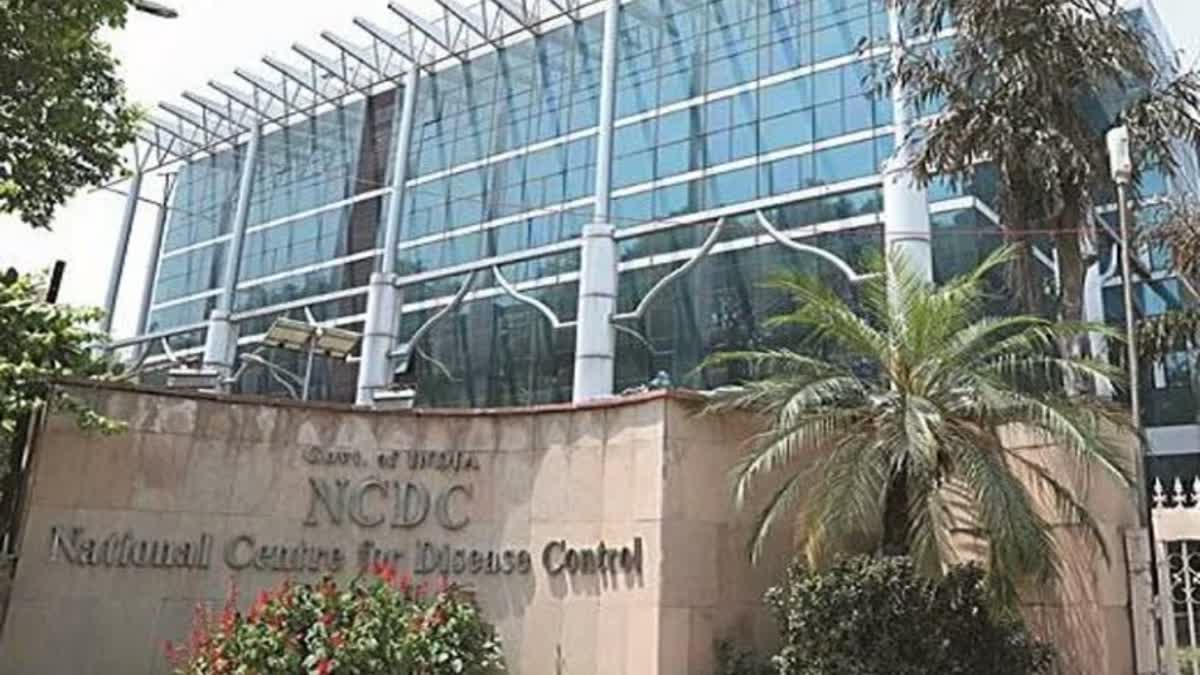New Delhi: At a time when the surge of Human Metapneumovirus (HMPV) in China created panic across the globe, a few States in India including Assam, Bihar, Chhattisgarh, Maharashtra, Himachal Pradesh, Kerala, Madhya Pradesh witnessed outbreaks of measles, acute diarrhoea disease, malaria prompting the national centre for disease control (NCDC) to keep all places witnessing such outbreaks under surveillance.
Outbreaks of measles have been detected in Assam and Bihar, whereas outbreaks of acute diarrheal disease have been detected in Bihar, Himachal Pradesh, Odisha and Rajasthan.
The majority of measles cases have been detected from Bongaigaon, South Salmara Mankachar in Assam whereas districts like Begusarai, and Gaya registered maximum measles outbreaks in Bihar.
“Cases were reported from Baghapara public health centre under Shadullabari village in South Salmara Mankachar district in Assam in December. Cases presented with symptoms of fever rash, and mild cough. One serum sample was sent to Fakhruddin Ali Ahmed Medical College and Hospital, Barpeta, which was found to be positive for Anti -Measles IgM by ELISA. District RRT investigated the outbreak. House to house survey was done and Vitamin A solution was administered to all the cases. Extra immunization sessions were conducted to cover the due beneficiaries for vaccines and extra doses,” health ministry data in possession of ETV Bharat said.
Following the outbreak, the NCDC has conducted community awareness and health education on hygiene, sanitation and the importance of vaccination.
Referring to acute diarrhoea, the NCDC said that cases were reported from Sarhad village in Madhubani. “Cases presented with loose stools, nausea, vomiting and fever. District RRT investigated the outbreak. All the cases developed the symptoms after consumption of food during a ritual ceremony in the village. They were treated symptomatically,” the health ministry data stated.
Similar cases of acute diarrhoea disease are under surveillance in Chhattisgarh, Himachal Pradesh.
Maharashtra, Madhya Pradesh and Tamil Nadu have registered outbreaks of malaria, dengue and mumps cases.
Dr Tamorish Kole, Chair of the Clinical Practice Committee of the International Federation for Emergency Medicine said that the outbreaks of measles, malaria, and acute diarrheal diseases in states like Assam, Maharashtra, and Bihar in December are a significant public health concern.
“These diseases, especially measles and malaria, indicate the need for robust drive in vaccination (measles) and vector control measures (malaria), while diarrheal outbreaks highlight poor sanitation habits and access to clean water. Such outbreaks can severely strain healthcare systems, particularly in resource-limited settings, and disproportionately impact vulnerable groups like children and pregnant women,” he said.
Addressing these outbreaks requires urgent measures, including intensified vaccination drives to close immunization gaps, particularly for measles, and stronger vector control strategies to combat malaria. Public awareness campaigns promoting hygiene, clean drinking water, and the importance of immunization are essential, Dr Kole said.
Meanwhile, the Union Health Ministry confirmed the detection of three human metapneumovirus cases on Monday amid growing concern about the respiratory virus.
Two cases were reported from Bengaluru in Karnataka while a third case was detected in Gujarat.
Union Health Minister JP Nadda allayed fears over HMPV saying that the ICMR and the National Centre for Disease Control were keeping a close watch on the situation in China as well as in the neighbouring countries.
“WHO has taken cognisance of the situation and will share its report shortly with us. The country data for respiratory viruses available with ICMR and the Integrated Disease Surveillance Program has also been reviewed and no surge in any of the common respiratory viral pathogens is observed in India,” Nadda said.
Additional professor for internal medicine at AIIMs, New Delhi Dr Neeraj Nischal said that HMPV is not a new virus for India.
“I don’t think there is any reason for panic. This virus is very common during this season. Especially during winter, the virus gets spread during winter. The cold, very dry air helps in the transmission of the virus. We should stay in a closed environment,” said Dr Nischal.
HMPV has been described since 2001. And even based on evidence, it dates back to the late 1950s. However, the majority of the children develop immunity against the virus by the age of 10, said Dr Nischal.
However, Dr Kole said that the detection of HMPV in some Indian states raises concerns about a possible intensification of public health challenges.
“HMPV, a respiratory virus, predominantly affects children, older adults, and those with weakened immunity. Its symptoms—fever, cough, and breathing difficulties—closely resemble those of other respiratory infections, potentially complicating timely diagnosis and treatment. While the risk of increased transmission during winter, a peak season for respiratory illnesses, is a concern, there is no immediate cause for panic,” he said.
He suggested that to address this emerging threat, health authorities should focus on enhancing diagnostic capabilities, ensuring early detection of cases, and implementing targeted interventions.
“Public awareness campaigns promoting hygiene and respiratory precautions, combined with strengthened hospital preparedness, will be critical to managing the situation effectively and reducing its impact on vulnerable groups,” said Dr Kole.



